A Step-By-Step Guide to Hair Transplantation
Are you considering a hair transplant? If so, you’ve come to the right place. In this comprehensive guide, we’ll walk you through the entire process of hair transplantation – from start to finish. We’ll cover everything you need to know, from before hair transplantation to care after hair transplantation. We’ll also answer some of the most frequently asked questions about hair transplantation. So let’s get started and learn what it takes to get the hair you’ve always wanted.
SECTION 1: Hair Transplantation Procedures
Hair transplantation is a surgical procedure used to restore hair growth in areas where hair loss has occurred. The procedure involves removing healthy hair follicles from a donor site (typically the back of the head) and transplanting them to areas of the scalp that are bald or thinning. The procedure can also be used to restore eyebrows, eyelashes, beard hair, and chest hair.
The two main types of hair transplantation procedures are follicular unit transplantation (FUT) and follicular unit extraction (FUE). In FUT, the hair follicles are removed from the donor site in a single strip and then transplanted to the recipient site. In FUE, the hair follicles are individually extracted from the donor site and then transplanted to the recipient site.
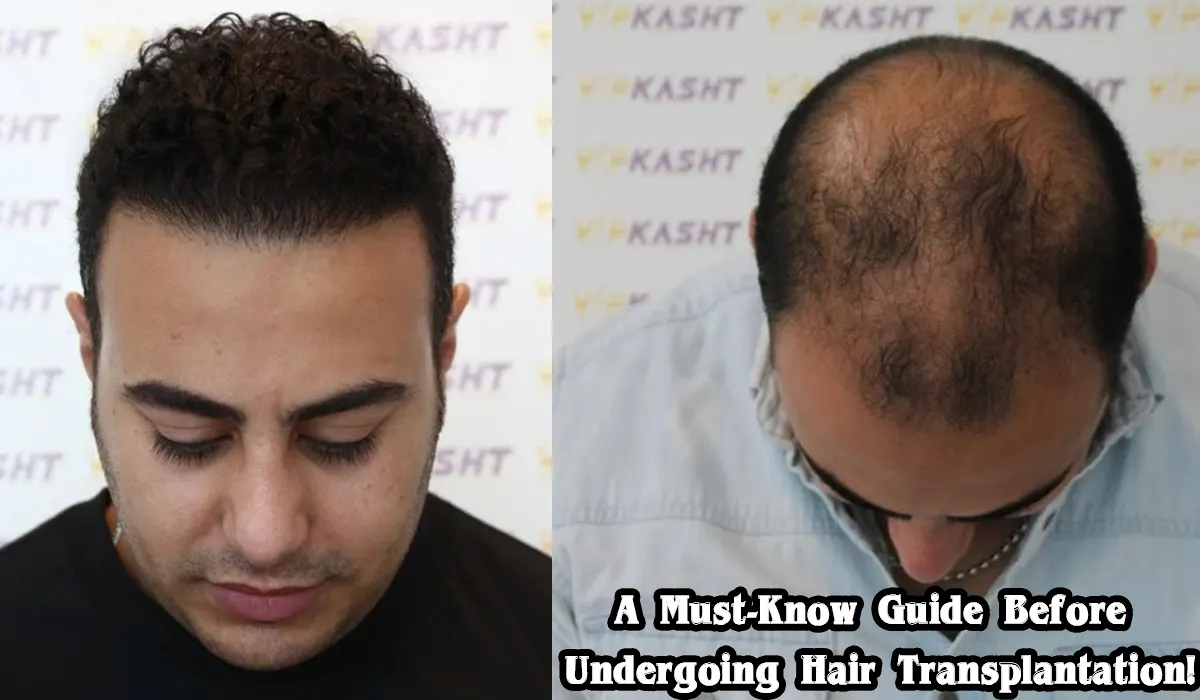
A Must-Know Guide Before Undergoing Hair Transplantation!
SECTION 2: Before Hair Transplantation
Before you decide to get a hair transplant, it’s important to consult with a qualified doctor. The doctor will examine your scalp and discuss your medical history and hair loss pattern. The doctor will also evaluate the amount of donor hair available and the size and shape of the recipient area.
The doctor will also explain the risks and benefits of hair transplantation to you. It’s important to understand the risks before proceeding with the procedure. The most common risks include infection, scarring, and changes in hair colour or texture.
You should also discuss your expectations with the doctor. It’s important to have realistic expectations about the results of the procedure. The doctor will be able to explain what results you can expect and how long they will last.
SECTION 3: During Hair Transplantation
The actual hair transplant procedure usually takes several hours. During the procedure, the donor hair follicles are removed from the donor site and then transplanted to the recipient area. The doctor will use anaesthesia to ensure you are comfortable during the procedure.
Once the donor hair follicles have been transplanted, the doctor will bandage the recipient area and cover it with a special dressing. The donor area may also be covered with a dressing.
SECTION 4: Care After Hair Transplantation
After the procedure, it’s important to follow your doctor’s instructions for proper care. You should avoid any activities that could cause trauma to your scalps, such as contact sports or vigorous exercise.
You should also avoid washing your hair for the first week after the procedure. Instead, you should use a special shampoo and conditioner that your doctor recommends. Your doctor may also recommend certain medications to reduce pain, swelling, and bleeding.
It’s also important to protect your scalp from the sun. You should wear a hat or other head covering when outdoors. You may also need to use special products to protect your scalp from the sun’s harmful UV rays.
SECTION 5: How Hair Transplantation is Done
The exact technique used for hair transplantation varies depending on the type of procedure being performed. In general, the doctor will use a special instrument to make tiny incisions in the skin at the recipient site. The donor hair follicles are then placed in the incisions and the skin is stitched closed.
The doctor may also use a special device to separate the hair follicles into individual strands for transplantation. The donor strands are then placed in the recipient area with a special instrument.
SECTION 6: Common Side Effects of Hair Transplantation
Hair transplantation is generally a safe procedure, but there are some potential side effects. The most common side effects include swelling, redness, and bruising at the donor and recipient sites. These side effects should resolve on their own within a few days.
There is also a risk of infection at the incision sites. The doctor will use antibiotics to help reduce this risk. In rare cases, there may be permanent scarring at the incision sites.
The doctor will also explain the risks and benefits of hair transplantation to you. It’s important to understand the risks before proceeding with the procedure. The most common risks include infection, scarring, and changes in hair colour or texture.
You should also discuss your expectations with the doctor. It’s important to have realistic expectations about the results of the procedure. The doctor will be able to explain what results you can expect and how long they will last.
The two main types of hair transplantation procedures are follicular unit transplantation (FUT) and follicular unit extraction (FUE). In FUT, the hair follicles are removed from the donor site in a single strip and then transplanted to the recipient site. In FUE, the hair follicles are individually extracted from the donor site and then transplanted to the recipient site.
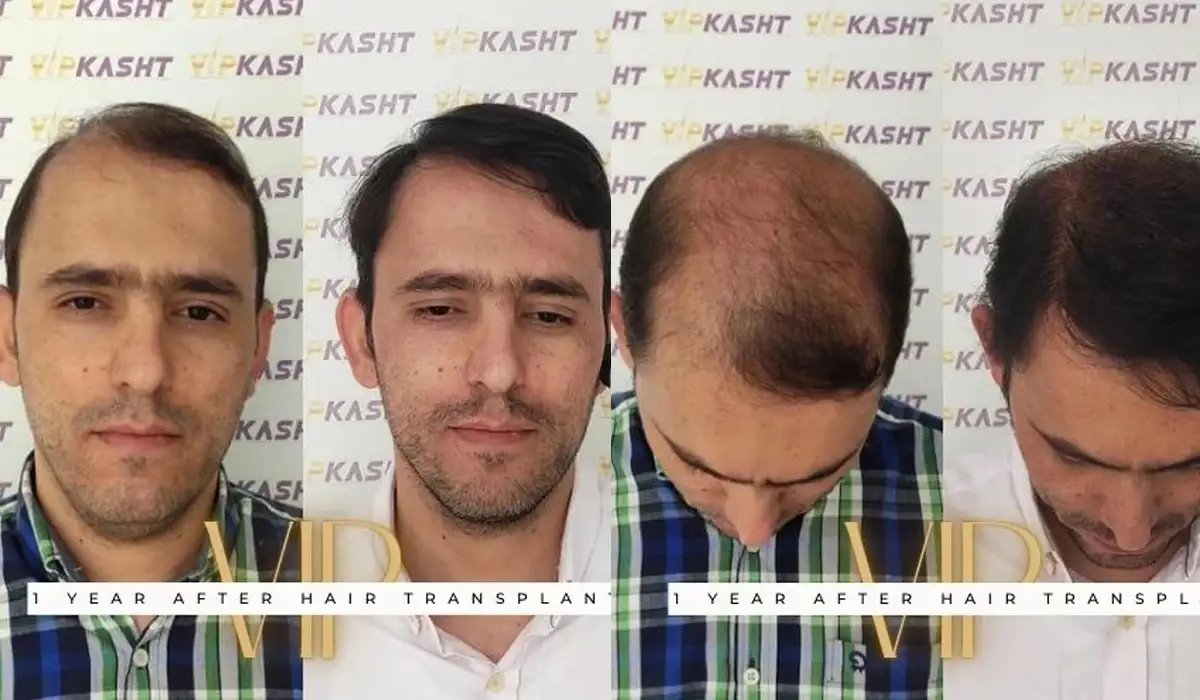
Prepare to Renew Your Hair with Before Hair Transplantation Tips!
SECTION 7: Frequently Asked Questions About Hair Transplantation
Q: Is hair transplantation right for me?
A: It depends on your hair loss pattern and the amount of donor hair available. To determine if a hair transplant is right for you, it is important to consult with one of the doctors who specialise in Best Clinic
Q: How long does a hair transplant take?
A: The duration of hair transplantation may take between 3 and 10 hours depending on the method of hair transplantation, but generally, hair transplantation will be done in one session.
Q: How soon will I see the results?
A: It may take several months for transplanted hair to start growing. The full results of hair transplantation can be seen after 6 months to a year.
Q: Is hair transplantation permanent?
A: Yes, hair transplant is a permanent method and transplanted hair grows like your own natural hair and can be trimmed.
Q: Are there any risks associated with hair transplantation?
A: Yes, there are risks associated with hair transplantation. The most common risks include infection, scarring, and changes in hair colour or texture. It’s important to discuss the risks with your doctor before proceeding with the procedure.
SECTION 10: Conclusion
Hair transplantation is a safe and effective procedure for restoring hair growth in areas where hair loss has occurred. The procedure involves removing healthy hair follicles from a donor site and transplanting them to the recipient area. It’s important to have realistic expectations about the results and to follow your doctor’s instructions for proper care after the procedure.
If you’re considering hair transplantation, it’s important to consult with a qualified doctor who can evaluate your hair loss pattern and advise you on the best course of action. With the right doctor, you can get the hair you’ve always wanted.
We hope this guide has helped understand the process of hair transplantation. Now that you know more about before hair transplantation, during hair transplant, care after hair transplantation, how to transplant hair, hair transplant procedures, how hair transplant is done, how long hair transplants last, and how hair transplant is done, you can make an informed decision about whether hair transplantation is right for you.
Conclusion
A hair transplant can be a great option for those suffering from hair loss. However, it is important to understand that the procedure can be painful. The amount of pain you experience will depend on the type of procedure you choose and the skill of the surgeon. It is important to choose a qualified and experienced surgeon and to discuss any potential risks and complications with your surgeon before undergoing the procedure. Have you experienced a hair transplant? Did you feel any pain during or after the hair transplant procedure? Please share your experiences with us in the comments below this post!

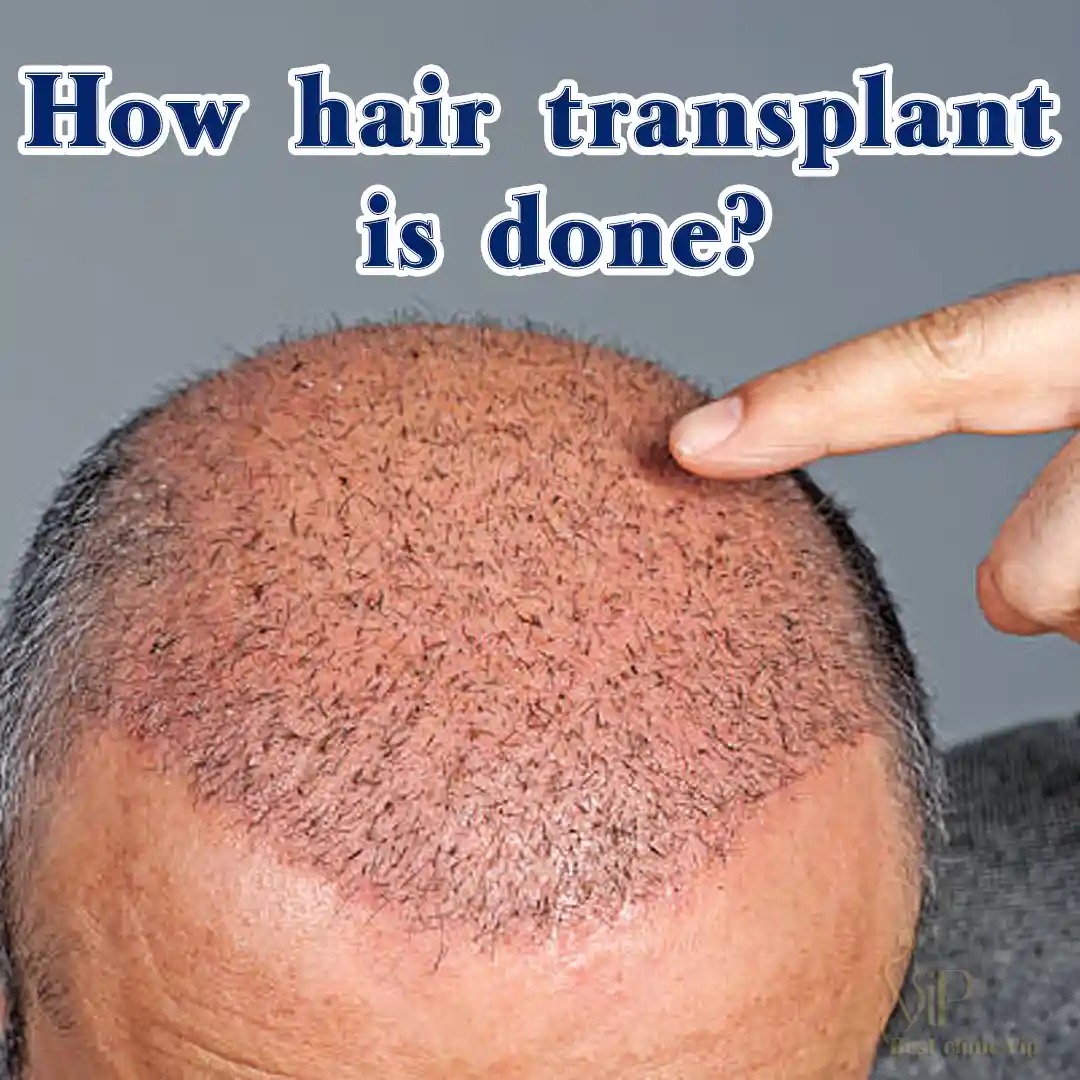

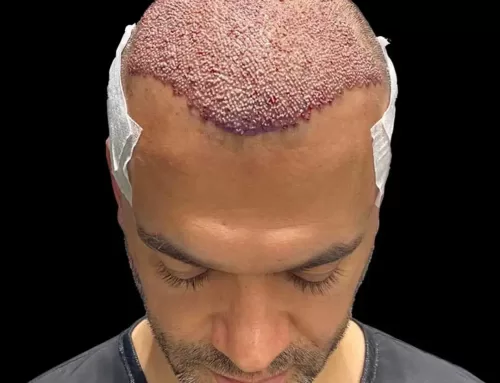
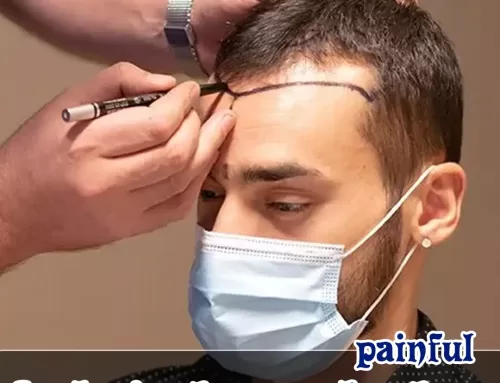
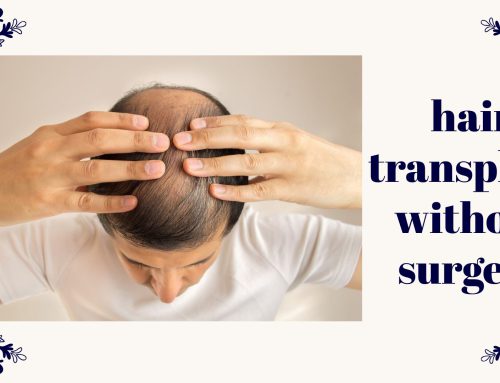
Leave A Comment